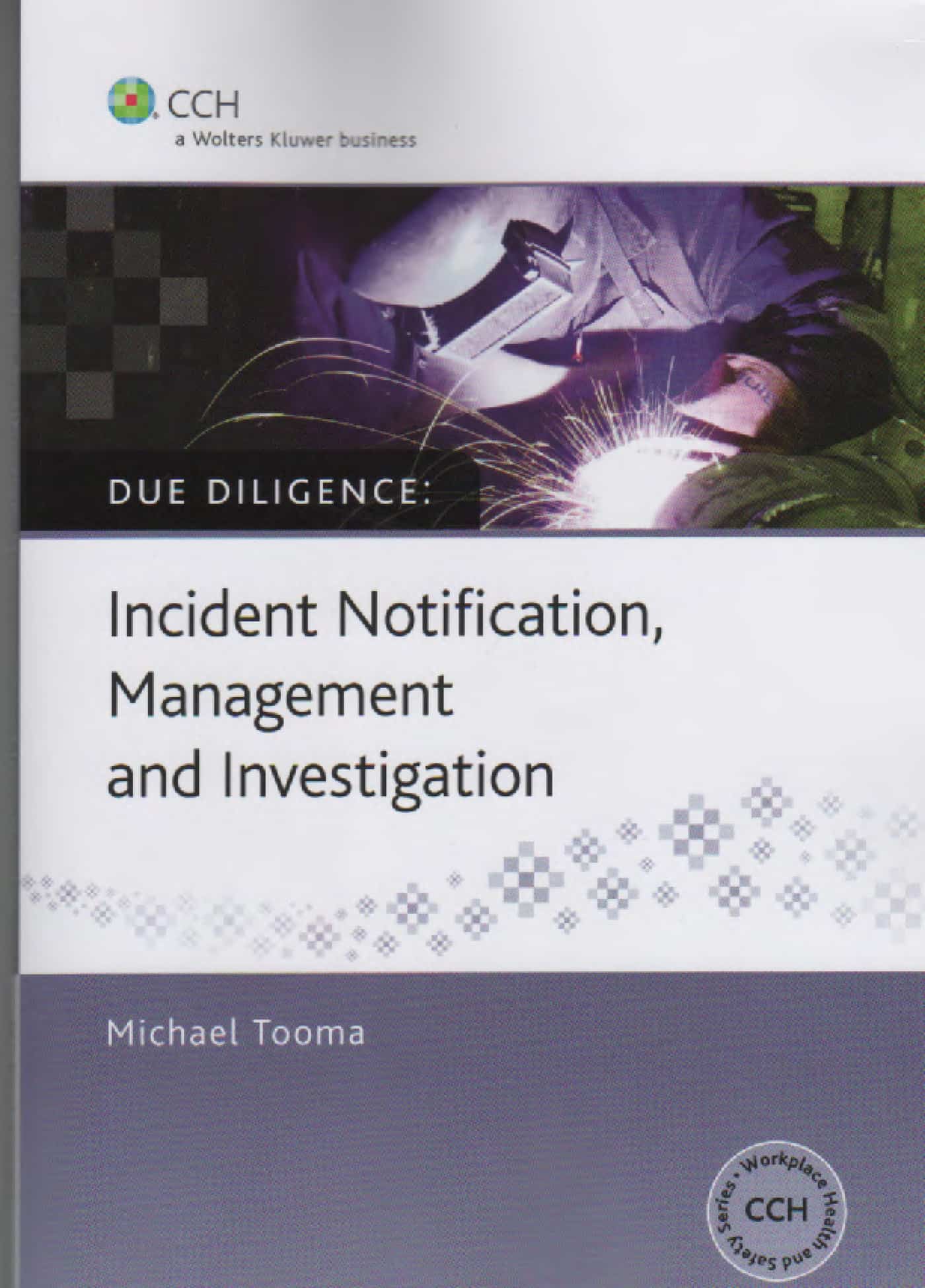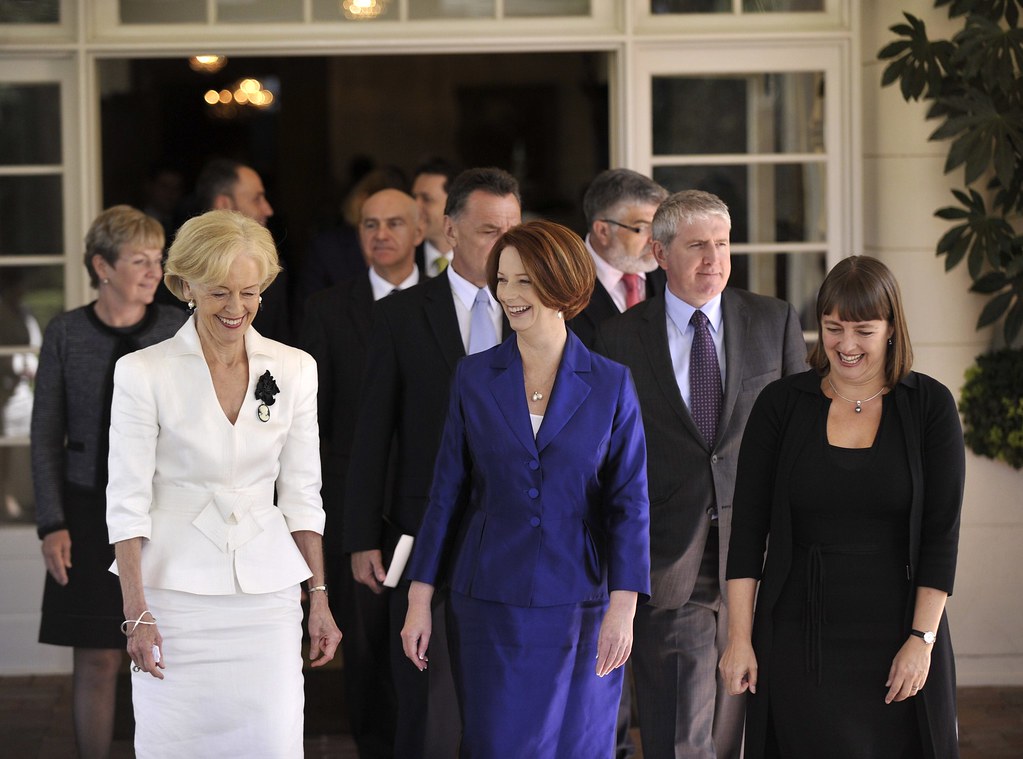Australian OHS discussion forums have been buzzing with the passing of the model Work Health and Safety (WHS) bill through the South Australian Parliament. SafetyAtWorkBlog has been advised that the WHS Bill has yet to go to Committee stage which then requires a third reading. Some engaged in South Australian politics still believe the WHS Bill will fail to become law.
However the focus should not only be on the WHS Bill as there were other OHS matters discussed in Parliament on 6 September, such as workplace bullying.
Second Reading
The Second Reading Speech (page 2069) by Russell Wortley on 6 September 2012 includes some comments of note. Below are a couple of extracts:
“There has been a lot of fearmongering about the effects of these laws. I want to assure honourable members that these fears are misguided and, sadly, often based on misinformation from lobby groups with a particular self-interest in seeing this legislation defeated.”
“…if we do not modernise our laws now, the scope of legal workplace safety protections will continue to be limited by the employer/employee relationship and existing ambiguities will remain. Honourable members need to understand that if the bill is not passed, a South Australia worker will have lower standards of safety than other workers in other states and territories across Australia.”
Of particular note is that Wortley tables (pages 2077-2079) the Housing Industry Association‘s table of increased costs from the new WHS laws. Continue reading “South Australian WHS laws get closer”




